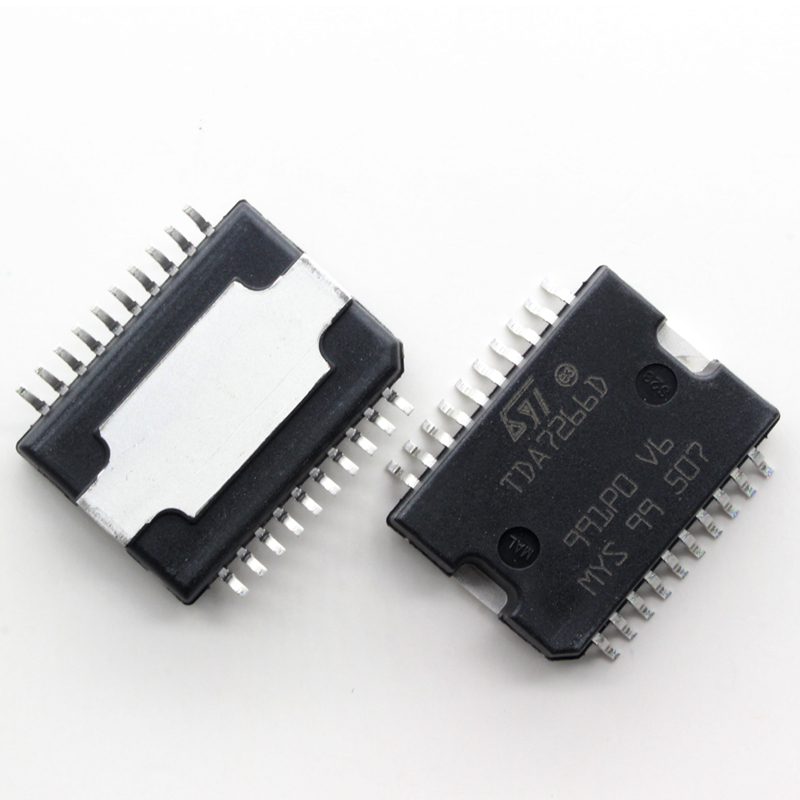The SN75ALS181NSR is a quadruple differential line driver designed for digital data transmission over balanced lines. Here is an overview of the SN75ALS181NSR, its application areas, pin configuration, and methods to reduce electromagnetic interference:
SN75ALS181NSR Overview:
- Manufacturer: Texas Instruments
- Part Number: SN75ALS181NSR
- Type: Quadruple Differential Line Driver
- Package: SOIC-16
- Key Features: High-speed and low-power differential line data transmission driver.
Application Areas:
- Industrial Automation: Used in industrial control systems, process automation, and instrumentation.
- Telecommunications: Applied in data communication systems and telecommunication networks.
- Automotive Electronics: Used for in-vehicle networking and communication systems.
- Networking Equipment: Utilized in networking devices like switches and routers.
- Test and Measurement Equipment: Found in various test instruments for data transmission.
Pin Configuration (SOIC-16):
The SN75ALS181NSR in SOIC-16 package typically has the following pinout:
- Pins 1, 5, 8, 12: Differential Inputs A, A*, B, B*
- Pins 2, 3, 4, 6, 7, 9, 10, 11: Various power and ground pins
- Pins 13, 14, 15, 16: Differential Outputs YA, YA*, YB, YB*

Methods to Reduce Electromagnetic Interference (EMI):
- Layout Design:
- Ensure a proper layout design with controlled impedance transmission lines and proper ground plane routing to reduce EMI emissions.
- Shielding:
- Implement shielding techniques using metal shields or enclosures to contain electromagnetic radiation.
- Filtering:
- Use passive components like ferrite beads, capacitors, and inductors to filter out noise and high-frequency interference.
- Grounding:
- Ensure robust grounding practices to minimize ground loops and EMI coupling.
- Twisted Pair Cabling:
- Utilize twisted pair cables to reduce noise susceptibility and emissions in differential signaling systems.
- Proper Termination:
- Implement appropriate termination techniques to match the impedance of the transmission lines, reducing signal reflections and EMI.
- Clock Synchronization:
- Employ clock synchronization methods to minimize timing jitter, which can contribute to EMI.
- EMI Filters:
- Integrate EMI filters at the input and output stages of the circuit to attenuate unwanted electromagnetic interference.
- Compliance Testing:
- Ensure compliance with EMI standards and regulations through rigorous electromagnetic compatibility (EMC) testing.
Conclusion:
The SN75ALS181NSR from Texas Instruments is a versatile differential line driver suitable for various applications requiring high-speed data transmission over balanced lines. By implementing proper layout design, shielding, filtering, grounding practices, and other EMI reduction techniques, you can effectively manage and minimize electromagnetic interference in systems utilizing the SN75ALS181NSR.




